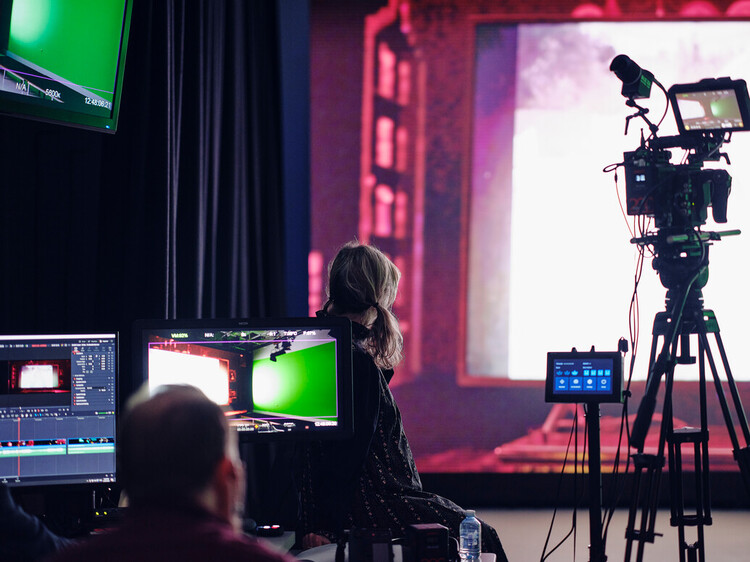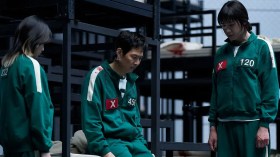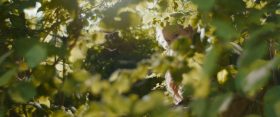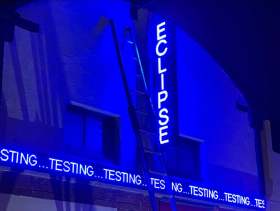Dr Sian Mitchell of Deakin University loves what she does: ‘I get to talk about films all day with my students’.
Sian teaches in the university’s film, television and animation undergraduate and postgraduate courses, which she describes as a program that ‘encompasses a broad approach to what makes a screen story work,’ which simultaneously ‘supports creative storytelling within broader contexts’. Her job, she says, is figuring out how to help creative people achieve their goals of working in the ever-expanding screen industry.
The core ethos of film, television and animation at Deakin is ‘expanding creativity’, says the lecturer in Film, Television and Performing Arts – within the course there are three majors to choose from: Animation, Producing Screen Content (screen development) and Screen Production, and many more minor specialisations. In other words, it doesn’t matter if a student’s heart is set on directing, editing, producing visual effects, writing about or for the screen, or running a film festival: ‘there will be an opportunity to explore everything’.
One of the ‘unique’ things about the course, Sian says, is that they offer not only the ‘traditional filmmaking path’, but also TV broadcast – and the recent technology of virtual production. Virtual production marries physical sets with virtual scenes displayed on LED walls.
Deakin has recently installed a virtual production LED screen in their TV studio – a downscaled and student-friendly version of the technology employed on shows like The Mandalorian. When you step into the studio, you see a big screen connected to a computer that simulates a natural environment (or, if the story calls for it, an unnatural environment). This background can also move with the camera to give the effect of a car driving, a group walking, and much more.
Many students who come into the course ‘may not know what they want to do,’ says Sian, ‘and sometimes they know exactly what they want to do’ – in either case, the chance to explore new pathways like Virtual Production often means that ‘they find something they love that they hadn’t considered before’.
Jasmine Lo, for example, had already completed a Bachelor of Forensic Science before deciding to pursue her passion for animation, which led her to Deakin University. Now an honours student in the Film, Television and Animation undergraduate degree, she wants to expand her horizons beyond animation into TV and virtual production. ‘I love it all.’
Her love for TV broadcast was solidified when a show she produced for class – called Melbourne After Dark – got picked up by Channel 31. But it’s the exciting space of virtual production that’s really got her attention.
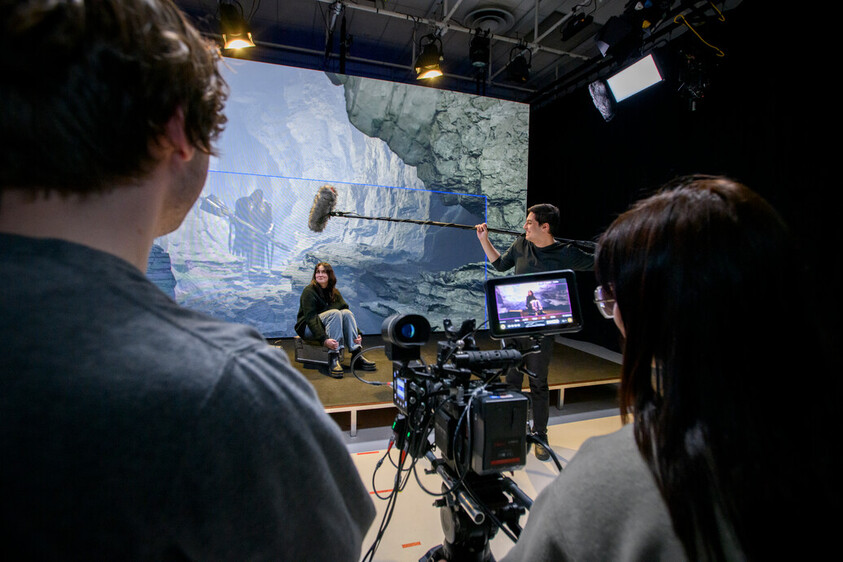
‘Imagine a big TV screen, but a lot better,’ she says of the LED virtual production studio. ‘It’s so cool, I love it. It eliminates me having to get permits [for outdoor filming] and people walking by being confused. Plus the VFX is there from the start, not just in post-production’.
‘Virtual production is an exciting space,’ Sian says, ‘because it brings together things ‘building environments and shooting, with visual effects work.’ That means that down the track when students choose to specialise, ‘they still have these underlying skills that are so important when it comes to creative collaboration’.
Virtual production’s relatively recent emergence also means there are more job opportunities available in the industry. In fact, film, television, radio and stage directors job opportunities are expected to grow by 11.1% by 2028, according to data from Jobs and Skills Australia.
Jasmine did her internship with Dreamscreen in Victoria, which allowed her to get hands-on experience with their massive, production-ready LED screen studio and shadow the roles of various employees. Over five months, she immersed herself in the new technology of virtual production and learned about everything from cinematography to learning how to produce feature films, while also lending a hand on major productions like Disney+’s The Clearing and Binge’s Love Me. ‘I learnt so much’, she says. Now, she wants to work in virtual production as soon as she graduates.
‘If you’re thinking about going to film school, but your parents tell you there’s no jobs,’ Jasmine says, ‘Now you can point to virtual production and say “there’s a lot of opportunities here!”‘
Sian agrees: ‘it’s very exciting to be able to say to parents “hey, there’s work there!”‘
For entry to Deakin’s Bachelor of Film, Television and Animation degree, there are three intakes throughout the academic year – and you ‘don’t need to be fresh out of high school’, or have an astronomical ATAR to be accepted.
The course in-take dates are:
Bachelor of Film, Television and Animation: Direct applications to Deakin for Trimester 3 (2024) close 27 October 2024, and for Trimester 1 (2025) close 16 February 2025.
Master of Film and Television: Trimester 1 (2025) close 16 February 2025.
For more information about Deakin University’s screen courses, head to the Deakin website: for the Bachelor of Film, Television and Animation or for the Master of Film and Television.
